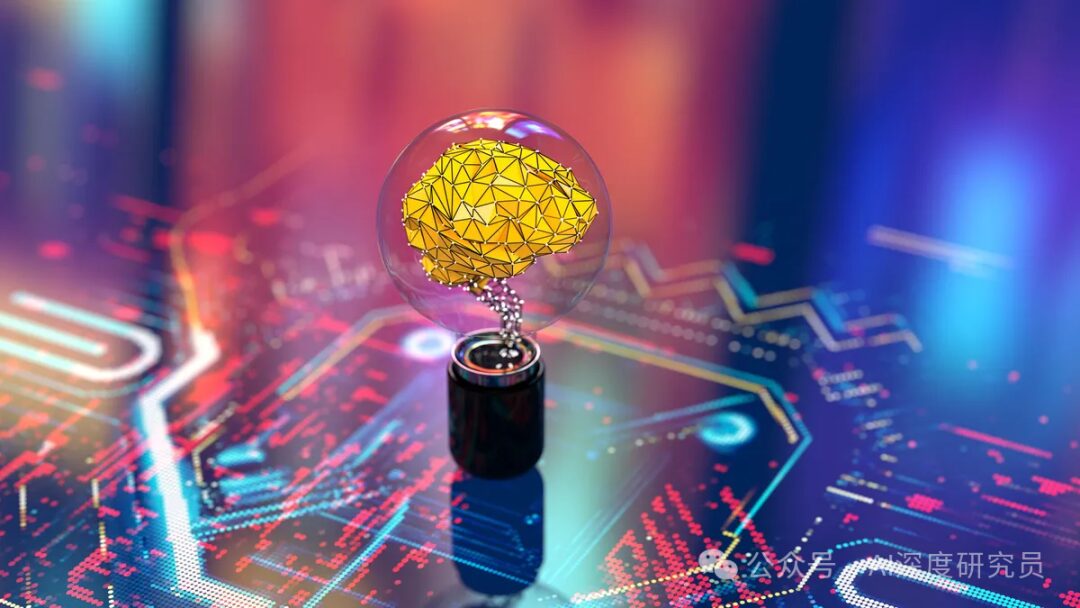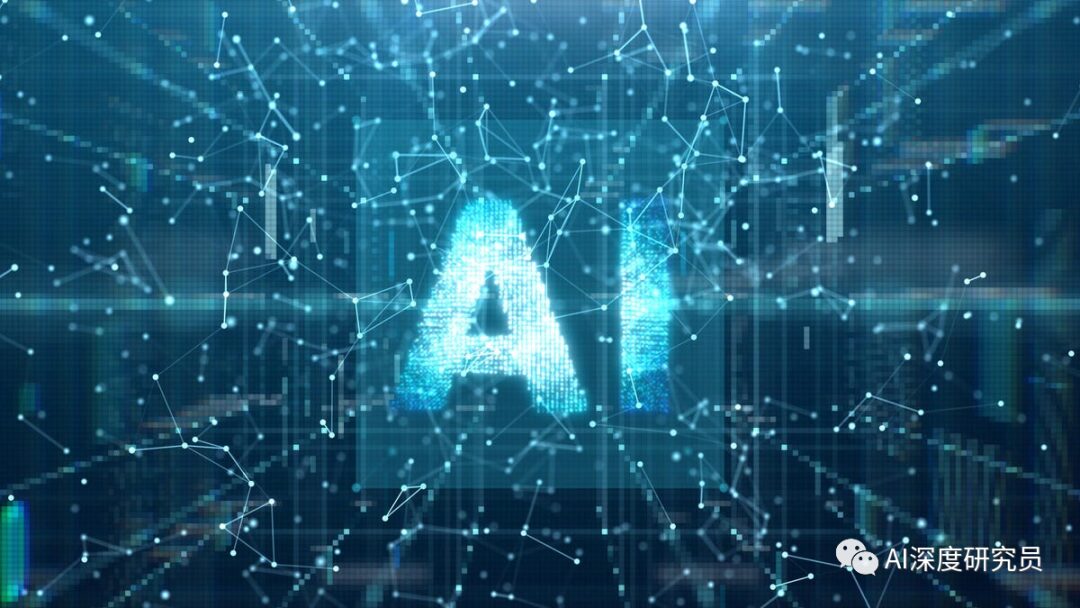
Today’s artificial intelligence (AI) is much like Schrödinger’s cat: it seems to be within reach, mimicking humans, while being entirely devoid of humanity.
Imagine an AI that can not only answer questions like ChatGPT but also brew your morning coffee, wash the dishes, and even care for your elderly parents while you’re busy working.
This scene was first depicted in the 1962 film “The Jetsons,” and with advancements in AI technology, the possibility of this fantasy becoming a reality in the next decade is increasingly likely.
However, the implications of such technology go far beyond a household Jarvis. This is precisely why tech giants like Meta’s CEO Mark Zuckerberg are eager to push AI to new heights. Last month, he told The Verge that his new goal is to develop artificial general intelligence (AGI), which places him on the same starting line as ChatGPT’s developer OpenAI and Google’s DeepMind.
While Zuckerberg hopes to deepen user connections by integrating AGI into products, OpenAI and DeepMind are exploring the potential for AGI to benefit humanity. Regardless of motivation, this marks a significant step forward from the current state dominated by generative AI and chatbots. These bots have amazed us with their writing abilities, creativity, and seemingly endless capacity for responses, even though their answers are not always accurate.
Currently, there is no universally accepted definition of artificial general intelligence (AGI), meaning there is considerable freedom in understanding and perspectives on it. However, it is certain that AGI possesses traits that are closer to human intelligence, and its skill set far exceeds that of most existing AIs. It will have an immeasurable impact on our future.
Nonetheless, AGI has a long way to go before it can fully mimic the human brain, let alone achieve autonomous decision-making capabilities. Thus, the current AGI can be likened to Schrödinger’s cat in the AI world: it both is and isn’t an entity with human-like intelligence.
If you are curious about the heated discussions surrounding AGI, this introduction is just what you need. Here are some basics you need to know.
What is Artificial Intelligence?
Let’s start by explaining a term that has been frequently mentioned over the past year: artificial intelligence. This is a branch of computer science that enables machines to simulate various aspects of human intelligence.
As Mark Riedl, a professor and associate director of the Machine Learning Center at Georgia Tech, states, artificial intelligence is “the process of finding algorithms and systems that can mimic behaviors we believe require intelligence to accomplish.”
This involves specific tasks such as driving a car, planning a birthday party, or programming—tasks that are now being performed by self-driving cars and their assistive driving features, or by assistants like ChatGPT when given appropriate instructions.
Riedl further notes, “These tasks are what we consider humans excel at and require cognitive processing. Therefore, any system that can mimic these behaviors or automate such tasks is considered artificial intelligence.”

(Dall-E 3 by OpenAI generates an electric guitar with thorns against a psychedelic green background)
What is Narrow Intelligence?
Narrow intelligence refers to when an AI exhibits exceptional abilities in a specific domain—such as playing chess. IBM’s Watson, the question-answering AI that shone on the game show “Jeopardy!” in 2011, is one of the most well-known examples in this field. Another of IBM’s AI achievements, Deep Blue, gained fame for its remarkable performance in defeating chess champion Garry Kasparov in 1997.
However, the limitation of narrow intelligence is that it can only excel at the one specific task assigned.
Chirag Shah, a professor at the University of Washington, states, “It can neither play golf nor drive a car.” But if the competition is a knowledge quiz on “Jeopardy!” or chess, Watson and Deep Blue might easily defeat you.
What is Artificial General Intelligence (AGI)?
In contrast, artificial general intelligence (AGI) encompasses a broader scope, and its definition is more challenging to pin down.
AGI refers to machines that can perform many human activities—or potentially everything humans can do. This definition varies from person to person.
Humans are considered the highest form of general intelligence because they can accomplish a multitude of tasks, such as communicating, driving, problem-solving, writing, and more.
Theoretically, AGI could perform these activities indistinguishably, acting like “an extremely intelligent human,” as described by Georgios-Alex Dimakis, a professor of engineering at the University of Texas.
However, there is no consensus on what achievements should be considered AGI beyond reaching human-level capabilities. For some, merely being able to perform a task like a human is sufficient proof of AGI. For others, the true existence of AGI must be based on its ability to accomplish all tasks that a human brain can achieve. There are also views that its true form lies somewhere in between.
Zuckerberg demonstrated this definitional flexibility in his interview with The Verge. “You can debate whether general intelligence is equivalent to human-level intelligence or whether it surpasses human intelligence, or whether it is some distant future superintelligence,” he said. “But for me, the focus is on its breadth, meaning intelligence must possess a variety of capabilities, including reasoning and intuition.”
But the key is that AGI has a broad range, while AI has a narrow scope.

When Will Artificial General Intelligence (AGI) Become a Reality?
The timeline for the arrival of artificial general intelligence (AGI) is also contentious.Some believe it has already emerged or is imminent. Others argue that it may never be achieved. Some predict it could be possible within five to ten years—DeepMind’s CEO Demis Hassabis holds this view—while others think it will take decades.
“Personally, I believe it does not exist yet,” Shah states.
He referenced a research report published by Microsoft in March 2023, which mentioned “signs of AGI.” Researchers stated that some conversations with the latest large language models (like GPT-4) “begin to suggest deeper capabilities in understanding questions beyond simply answering them,” Shah said.
This means “you can actually have an unconstrained conversation with it, just like talking to a person,” he further explained. Additionally, the latest versions of chatbots like Google’s Gemini and ChatGPT can handle more complex queries.
If you can accept a broader definition, this capability indeed hints at the existence of artificial general intelligence (AGI).
Large language models (LLMs) are a type of artificial intelligence that understand and generate their own text outputs by absorbing content such as books and news articles. LLMs underpin all the generative AI chatbots we know (and love?), such as ChatGPT, Gemini, Microsoft Bing, and Claude.ai.
One interesting characteristic of LLMs is that they are not limited to completing a single specific task. They can compose poetry, plan vacations, and even pass the bar exam, indicating their ability to execute various tasks, which is also a hallmark of AGI’s existence.
However, they still encounter the